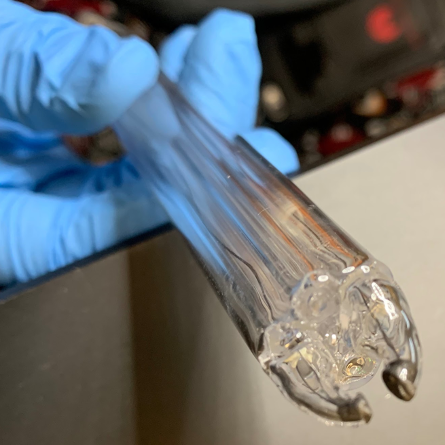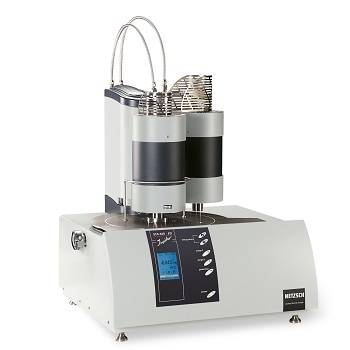About
The goal of our Gen3 CSP project was to establish a thermophysical property database of high temperature (700-1250 °C) heat transfer media (HTM) and containment materials (CM). This database contains thermophysical properties collected using our electrothermal immersion technique, our modified photothermal technique, and from third parties (i.e. literature and other Gen3 CSP collaborators).
Tool Overview
Description of each of the tools that we used can be found below:

Electrothermal Immersion Technique
Our electrothermal immersion technique is a modification of the 3-omega technique that can be immersed in a high temperature fluid. This technique is currently under development (as of July 2020). This technique will be qualified by using known standards allowing for at most 10% variation from the accepted value. The technique methodology will be documented in a peer-reviewed publication.

Modified Photothermal Technique
Our modified photothermal technique is a modification on the flash diffusivity technique. This instrument was purchased from Netzsch (i.e. LFA 467 HT Hyperflash). Specifically, this technique has been modified to use infrared optics to correct for collimator/aperture effects that become pronounced at high temperatures.

Digital Scanning Calorimetry
To measure the volumetric specific heat of bulk samples, we will use a modified DSC/TGA purchased from Netzsch (STA 449 F3 Jupiter) with modification to the platinum furnace and sample holders specifically designed for more accurate specific heat measurements (and not phase transitions). The manufacturer’s specific heat uncertainty is claimed at 3.5%; this will be verified through testing known standards.
About the Solar Energy Technologies Office
The U.S. Department of Energy Solar Energy Technologies Office supports early-stage research and development to improve the affordability, reliability, and performance of solar technologies on the grid. Learn more at energy.gov/solar-office
Acknowledgement
This work was funded in part or whole by the U.S. Department of Energy’s Office of Energy Efficiency and Renewable Energy (EERE) under the Solar Energy Technologies Office Award Number DE-EE0008371.
